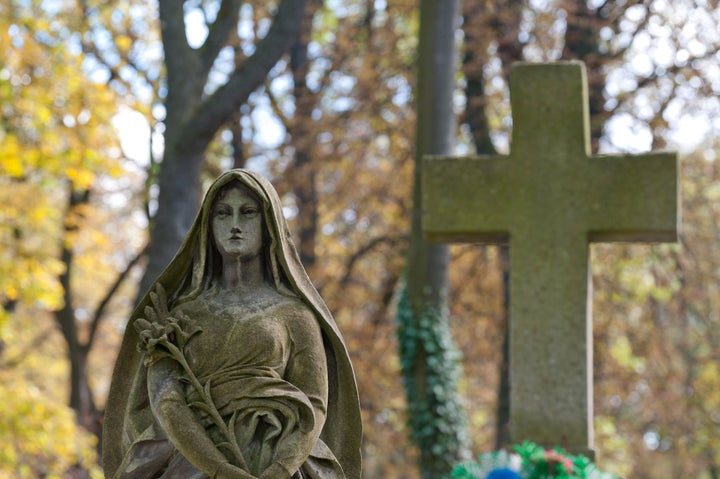
In previous posts I reflected on early Christians' passion to keep in touch with one another and on the diversity of early Christian communities. In this final entry I shall reflect on women's contributions to the movement.
Some readers may find it surprising to learn that a woman shortage blighted the ancient world, with about 130-140 men for every 100 women. This is so because many female infants were left to die of exposure and because of the mortal risks associated with pregnancy and childbirth. Yet both Christians and their critics observed a marked overrepresentation of women in the early churches, a fact the critics used to their advantage: "What respectable group caters to women?" Why, one wonders, did so many women find the churches appealing if women's contributions were not valued?
The answer is, simply, that the early churches did value women's contributions. Not only did women show their strength in numbers, they did so in leadership positions as well. Both Acts and the Pauline tradition refer to the missionary couple Priscilla and Aquila, with Priscilla's name preceding her husband's in four of six instances (Acts 18:18, 26; Romans 16:3; 2 Timothy 4:19). Since the husband's name usually figures first in ancient pairings, this pattern suggests Prisca's prominence. In Romans 16 Paul refers to women and men alike as partners in the gospel. The only named deacon in the New Testament is Phoebe, a patron of the movement -- she seems to be Paul's representative to the church in Rome (Romans 16:1-2). Paul also refers to Junia as an apostle, a fact most English translations covered up until 1989 (Romans 16:7). His letters refer to several other prominent women, including Euodia and Synthyche, who likely led the church in Philippi (Philippians 4:2) and Chloe, whose "people" maintained communication with Paul in his absence (1 Corinthians 1:11). And though the prophet John condemns her teachings, Revelation's indictment of "Jezebel" (no way that was her real name) indicates the influence of a woman prophet in Thyatira (Revelation 2:20-24). Moreover, both Acts and Paul refer to women who hosted church gatherings in their homes (12:12; 16:40; Romans 16:3-5; 1 Corinthians 16:19; Philemon 1-2; see Colossians 4:15), a service that must have implied some level of status.
Let's not claim too much or too little for those early churches. I hear many people blithely assert that women were "just property" in the ancient world. Overwhelming and oppressive patriarchy did characterize ancient cultures, but we also have many examples of powerful, creative, literate and accomplished women -- some in roles of patronage and community leadership. (The work of Ross Shepard Kraemer has proven invaluable in this respect). As we have seen, some women of this class contributed to the early churches.
On the other hand, early Christianity was no oasis of feminist liberty. While we observe some egalitarian impulses in the movement, it is impossible to quantify gender roles in the early churches. Moreover, women's leadership quickly emerged as a point of controversy among the Christians. It appears that the Apostle Paul recognized women as full partners in ministry -- though one imagines women who did not need or wait for Paul's permission. Paul certainly wasn't spiritualizing when he said that in Christ there "is neither Jew nor Greek;" he probably meant it when he ruled out the distinctions between slave or free and male and female as well (Galatians 3:27-29). Some later Christians remembered Paul as an advocate for women's authority, as we see in the Acts of Paul and Thecla. But some of his other admirers turned the tradition against women. A scribe added a harsh prohibition against women's speech in worship to 1 Corinthians (14:34-35); meanwhile, later Christians writing in Paul's name advocated women's subordination in Ephesians, Colossians, 1 Timothy and Titus.
Assessing women's contributions can pose a complicated task. For example, interpreters have long noticed that that the Gospel of Luke and the Acts of the Apostles, which share a common author, prominently feature female characters. Luke's Gospel emphasizes the experience of Jesus' mother Mary and her relative Elizabeth, introduces the prophet Anna, names three women who support Jesus and his disciples as they travel (8:2-3), and provides the scene in which Mary sits at Jesus' feet while Martha performs service or ministry (Greek: diakonia). In Acts we meet Dorcas, Mary the mother of John Mark, Lydia, Philip's daughters and Priscilla. Yet while Luke and Acts call attention to these significant women, they do not fulfill roles of authorized leadership in the movement. Do we emphasize how Luke and Acts compare favorably to most literature from their patriarchal culture, or do we suspect that the author is reducing women's role to safely domestic contributions?
Our best evidence indicates that women played a relatively prominent role in the early Christian communities, compared to their larger social contexts, but the evidence is mixed. For one thing, the first century was a period of gender experimentation, as people debated whether women could study philosophy or join men at public meals. Moreover, while some early Christian women and men functioned as equals in leadership and authority, practices varied from one Christian community to another. Eventually the role of women constituted a point of vigorous debate among the churches, eventually leading to women's subordination as official policy in almost all churches.
